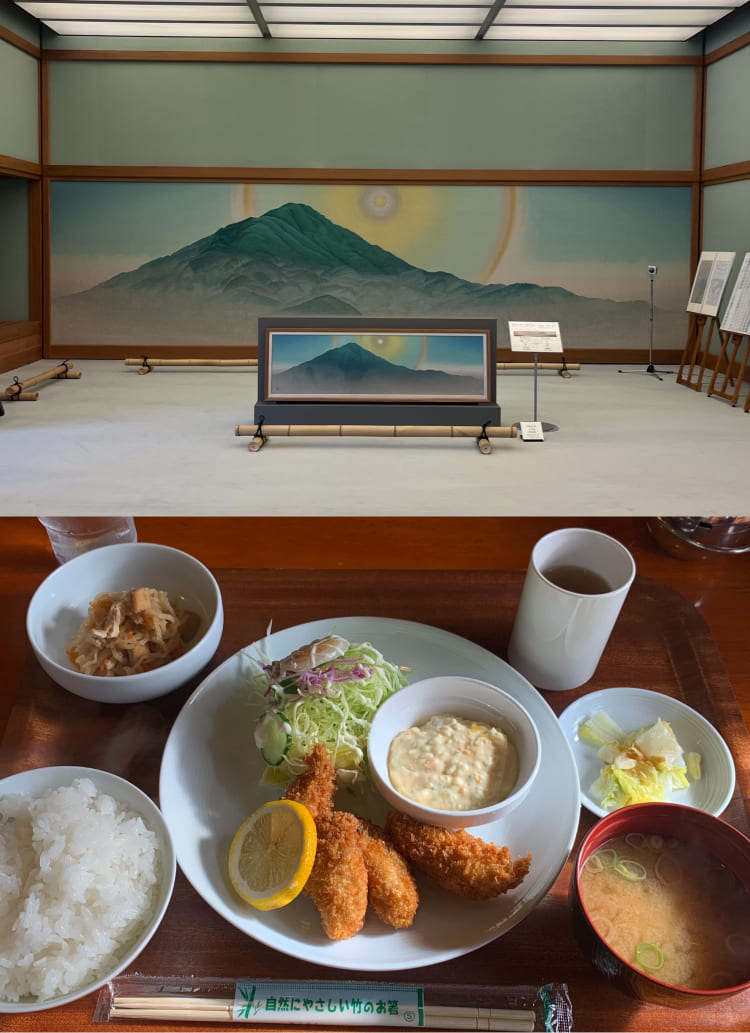Third lecture
Fujihara Yutaka

1940's GWG COTTON TWILL WORK TROUSERS, 1950's BIG MAC COTTON WORK TROUSERS
Fujiwara:Let's start with the chinos.
Abe:I don't really have an image of Yu wearing chinos.
Fujiwara:I wear denim pants most of the time. Whenever I stand in a store, I always try to incorporate denim somewhere, and I used to wear denim set-ups quite a bit, but I'm getting a little tired of it (laughs).
All:(Laughter).
Abe:You business denim (laughs).

Fujiwara:Of course I like them (laughs). (Laughs) But I used to wear denim everyday, so chinos are very fresh. I've been wearing khakis a lot lately, especially since they are easy to match with jean jackets.
Konno:I like this "G.D.B.G.".
Fujiwara:It doesn't happen very often. The details unique to work are also interesting.
Kurihara:Chinos have a strong military image, so it seems like there are still a few available, but work-brand chinos are very rare. It is rare to find a pair of chinos with a work-brand name on it in one purchase, so I think they are really rare.
Fujiwara:You're not going to get it.

Konno:I think "DRILLER'S DRILL" is a cool weave name...40's?
Fujiwara:I think it is the 40's because of this tag.
Kurihara:It has suspender buttons, maybe that's about it.
Konno:The silhouettes of this generation are still thicker.
Fujiwara:Yes, it is basically Zdorn.
Konno:The silhouette you are wearing today is tapered and has a nice shape.
Fujiwara:I often wear them because they are slim fit. By the way, here is the tag.
Abe:They show me (laughs).

Abe:This "Big Mac" is cool too.
Fujiwara:It's good.
Konno:Interesting tag location.

Fujiwara:Most of the time you get behind.
Abe:The specification of two loops side by side on the right side is also interesting.
Fujiwara:Both G.D.B.L.G. and Big Mac have this specification, and it's a detail I like.

Abe:What does this mean?
Kurihara:Perhaps it is a remnant of a pocket watch. It is just above the watch pocket (coin pocket).
Abe:Ah, I see. Also, the center loop specs have changed.
Konno:It's called "moving", which is a common specification before the 40's. When you use a belt, it often gets dented in the middle. With this moving design, it escapes nicely.

Fujiwara:I see!
Konno:I can't say for sure if that's what the detail is for, but it's the result.
Abe:Wow, that's deep. By the way, I have an image that military chinos are getting more expensive these days.
Kurihara:Military bread in general.
Abe:It rhymed (laughs).
Kurihara:It's not on purpose (laughs). I feel that the influence of the recently popular French M47 and M52 has led to a general increase in the popularity of U.S. military items as well.
Abe:By the way, Masaki Sugata introduced Swedish Army pants on TV and it was amazing, wasn't it?
Kurihara:M59. I heard that after that show, all the M59s that were on the Merc were sold out (laughs).
Konno:Amazing....

Fujiwara:My store has a military bread section, but after a month from the date of arrival, it is scanty. How about your store, Kuri?
Kurihara:We also put a lot of effort into collecting military pants, but as I said, we sell as many as we put out in the store. But it is usually inexpensive to buy 100-cotton pants from the 1960s for around 10,000 yen.
Abe:When you think about it, the 60's is almost 50 years ago.
Konno:It's amazing when you think about it.
Kurihara:When we started buying vintage clothes in the 90s, we were buying things from before we were born, before the 70s. So I guess today's young people feel the same way about vintage clothing from the 90s.
Abe:That's true. From a young kid's point of view, that means the 90's are vintage too.


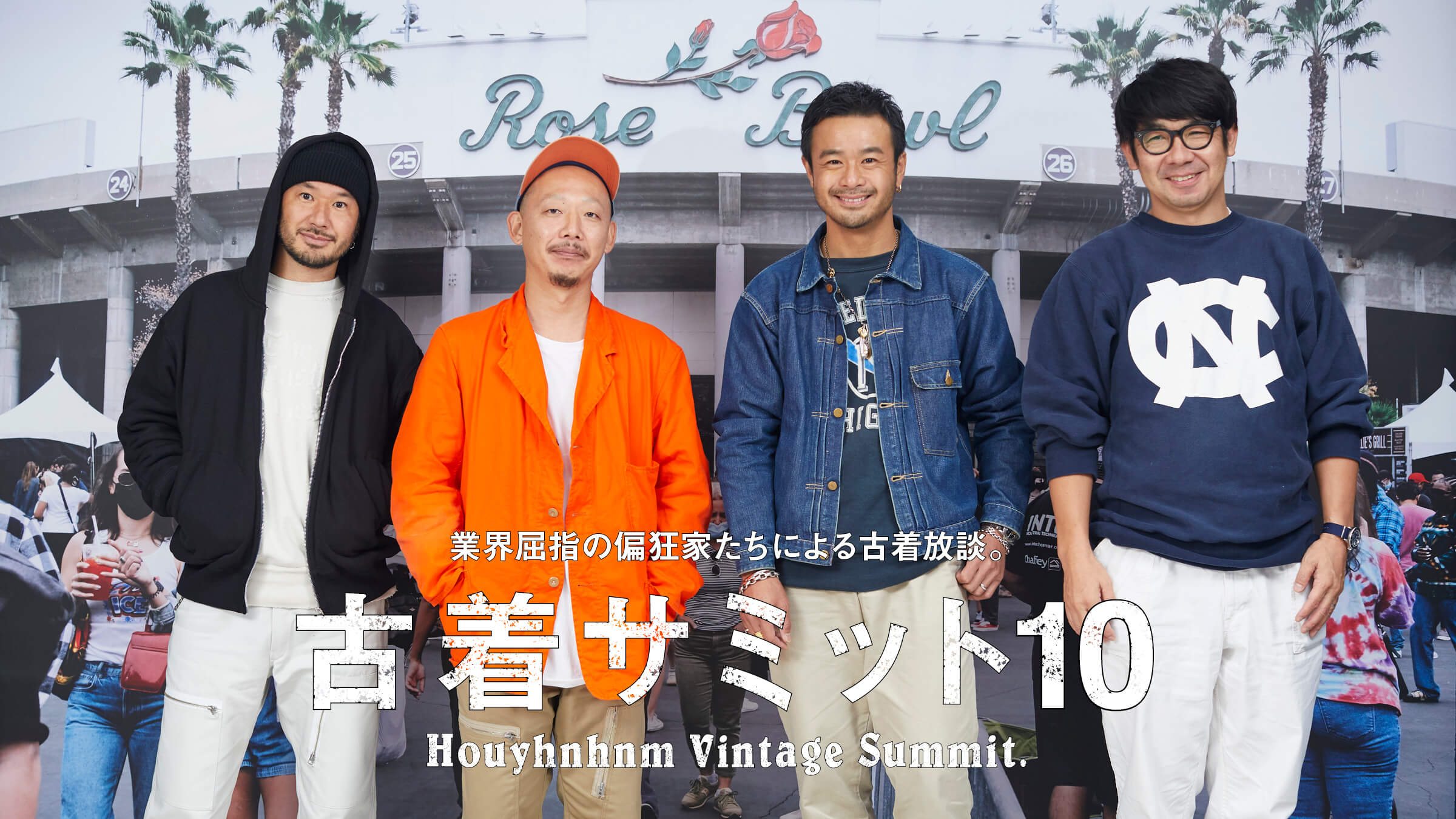

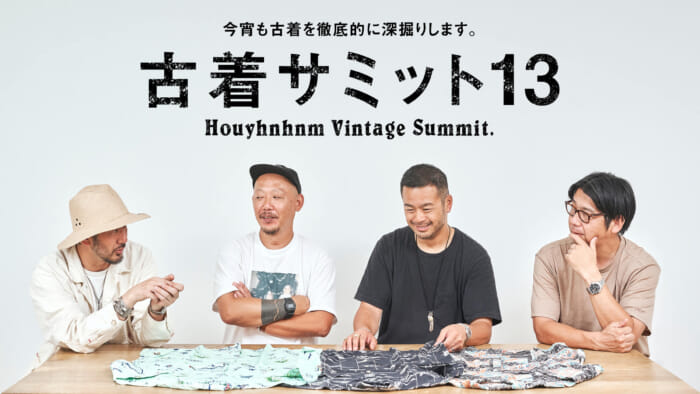
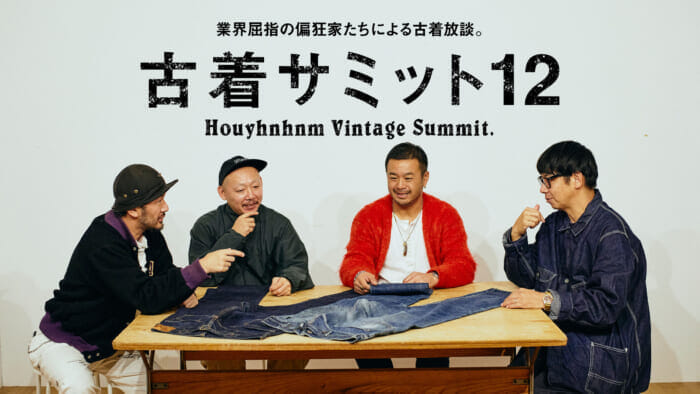
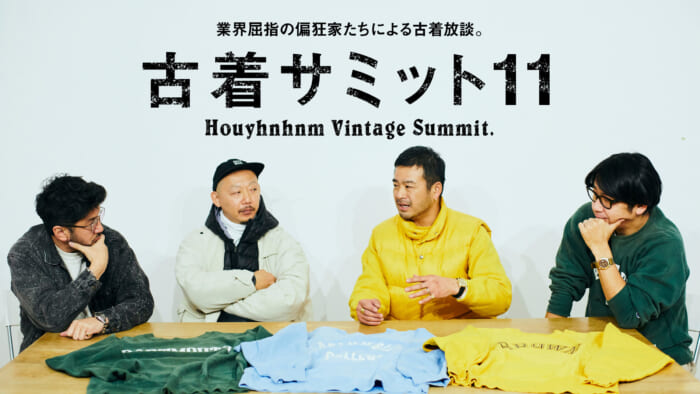
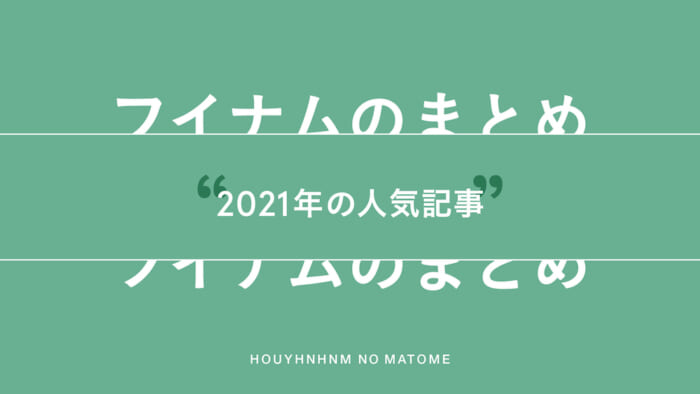
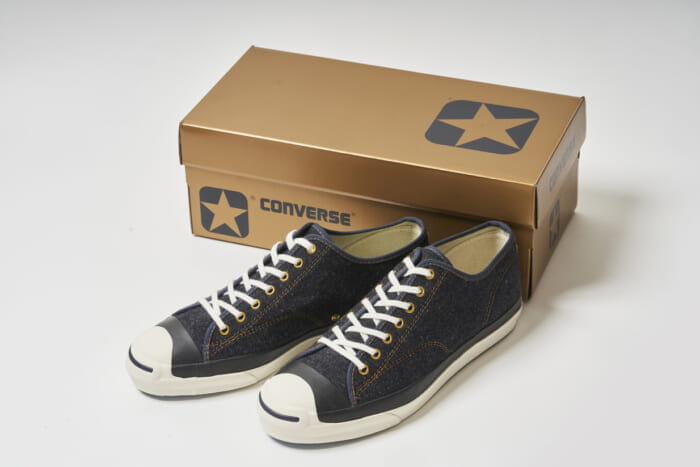
![HOUYHNHNM's YouTube] HOUYHNHNM's pre-orders sold out immediately! What's so great about Vintage Summit's special order Converse!](https://www.houyhnhnm.jp/wp-content/uploads/2021/04/HY_panel-700x394.jpg)


